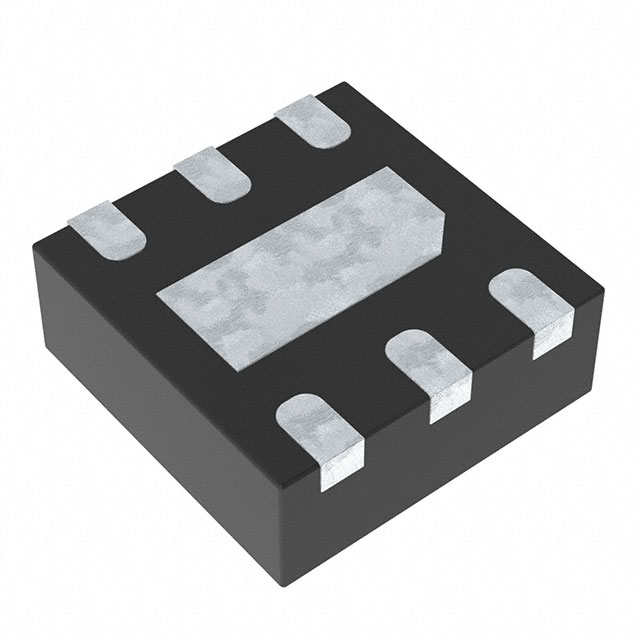STTS22HTR Alternatives Features Applications
9/18/2025 4:43:28 PM
STTS22HTR Overview
The STTS22HTR from STMicroelectronics is a high-accuracy, ultra-low-power digital temperature sensor built for modern applications where size and efficiency matter. With an operating range from −40 °C to +125 °C and a typical accuracy of ±0.5 °C between −10 °C and +60 °C, it delivers reliable thermal monitoring. The sensor outputs 16-bit resolution measurements through an I²C/SMBus interface, supporting programmable thresholds and interrupt functions for system integration. Its compact 6-lead UDFN package (2.0 × 2.0 × 0.50 mm) makes it ideal for space-constrained designs.

Designed for efficiency, the STTS22HTR consumes as little as 1.75 µA in one-shot mode, enabling longer battery life in portable and IoT devices. Factory calibration ensures out-of-the-box accuracy, while compliance with ECOPACK and RoHS standards makes it a sustainable choice. From wearables to smart home systems and industrial controls, this sensor adapts to a wide variety of applications requiring dependable thermal data.
If you are interested in purchasing the STTS22HTR, feel free to contact us for pricing and availability.
STTS22HTR Manufacturer
The STTS22HTRis made by STMicroelectronics is a global semiconductor leader, established in 1987 through the merger of France's Thomson Semiconducteurs and Italy's SGS Microelettronica. Legally incorporated in the Netherlands and operationally headquartered in Plan-les-Ouates, near Geneva, Switzerland, ST operates as an integrated device manufacturer (IDM), managing the full semiconductor value chain from research and design to wafer fabrication, packaging, and worldwide sales and support.
• PCB Layout Noise Interference – Crosstalk or long traces can corrupt signals; minimize by keeping I²C lines short, using ground planes, and proper shielding.
STTS22HTR Advantages and Disadvantages
Advantages
• Wide Supply Voltage Range – Operates from 1.5 V to 3.6 V, ideal for low-power and battery-driven systems.
• Ultralow Power Consumption – Uses only ~1.75 µA in one-shot mode, extending battery life when continuous sampling is unnecessary.
• High Resolution – Provides 16-bit digital output, enabling fine temperature measurement granularity.
• Strong Accuracy – Achieves ±0.5 °C typical accuracy across −10 °C to +60 °C.
• Flexible Interface – I²C/SMBus compatibility with up to four selectable addresses via the Addr pin for multi-sensor setups.
• Compact Form Factor – Small UDFN-6 package (2.0 × 2.0 mm) supports space-constrained and portable designs.
Disadvantages
• Reduced Accuracy At Extremes – Accuracy decreases to ±1.0 °C across the full −40 °C to +125 °C range.
• Startup Delay – Requires ~12 ms after power-up before the first valid measurement is available.
• Higher Power In Continuous Modes – Active measurement can draw up to 120–180 µA, impacting efficiency in always-on applications.
• Addr Pin Sensitivity – Incorrect wiring may cause I²C conflicts or invalid data, adding PCB design complexity.
• Interrupt Handling Overhead – ALERT/INT pin is open-drain, requiring external pull-ups and additional software management.
Conclusion
The STTS22HTR combines accuracy, low power use, and compact design, making it well-suited for today's energy-efficient and space-limited devices. While it has some limitations, its benefits make it a reliable option for a wide range of uses. With strong support from STMicroelectronics and alternatives available, it offers flexibility.
